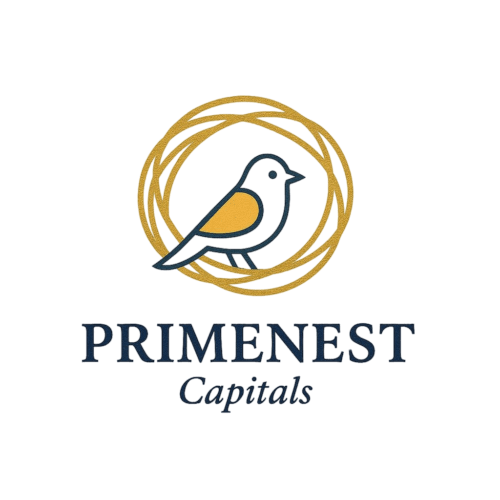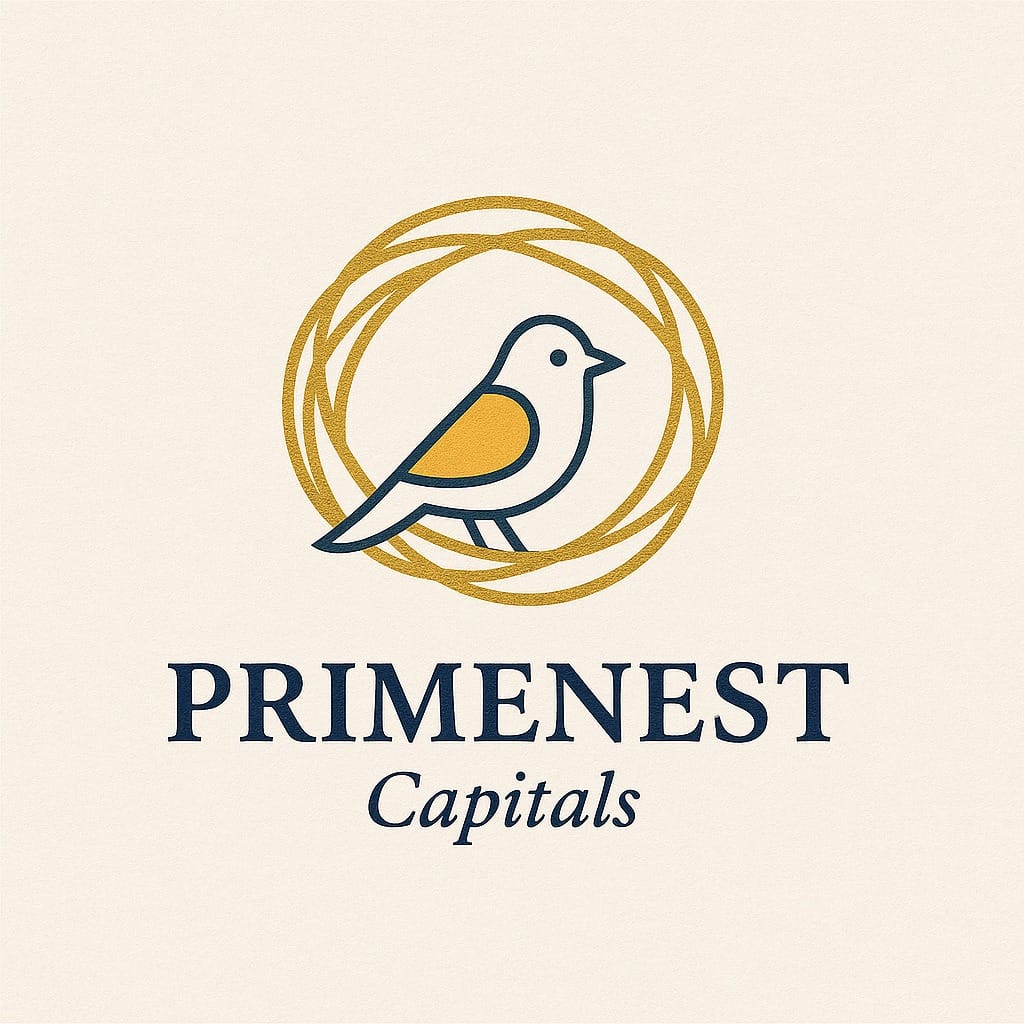Investment is the act of putting your money, time, or resources into something with the expectation that it will grow or generate a return in the future. The goal is to increase your wealth, secure financial stability, or achieve long-term financial goals.
You can invest in stocks, bonds, real estate, businesses, education, or other assets. These investments are made to earn profits or income, such as interest, dividends, or capital gains. But keep in mind: every investment carries some level of risk.
If you’re starting, the best way to invest money is to choose low-risk options like savings bonds, high-yield savings accounts, or diversified index funds. This helps you learn how investing works while protecting your money from major losses.
1. High-Yield Savings Account (HYSA)
What it is: A bank account offering significantly higher interest rates than traditional savings accounts.
Why for Beginners: Extremely safe (FDIC insured), highly liquid (easy access to cash), no minimums or fees usually. Perfect for emergency funds or short-term goals.
How to Start: Compare rates online (e.g., Marcus, Ally, Discover) and open an account.
2. Certificate of Deposit (CD)
What it is: A time deposit with a bank offering a fixed interest rate for a fixed term (e.g., 6 months, 1 year, 5 years).
Why for Beginners: Very safe (FDIC insured), predictable returns, slightly higher rates than HYSAs. Teaches commitment.
How to Start: Shop rates online or at your bank. Choose a term matching when you’ll need the money.
3. Money Market Account (MMA)
What it is: A hybrid account offering features of both savings and checking accounts (sometimes with debit card/checks), paying higher interest.
Why for Beginners: FDIC insured, offers better returns than regular savings, and provides some liquidity. Good for emergency funds, you might need slightly quicker.
How to Start: Similar to HYSAs – compare rates and features online/banks.
4. Robo-Advisors
What it is: Automated platforms that build and manage a diversified portfolio of ETFs based on your risk tolerance and goals, using algorithms.
Why for Beginners: Easy setup, automatic investing/diversification, low minimums ($5-$100 often), low fees, rebalancing done for you. “Set it and forget it.”
How to Start: Sign up with providers like Betterment, Wealthfront, or Schwab Intelligent Portfolios.
5. Index Funds (Mutual Funds or ETFs):
What it is: Funds that track a specific market index (like the S&P 500), holding all or a representative sample of the stocks/bonds in that index.
Why for Beginners: Instant diversification, low fees (especially ETFs), passive investing (no stock picking), historically strong long-term returns. Core building block.
How to Start: Open a brokerage account (Fidelity, Vanguard, Schwab). Buy broad-market funds like VTI (Total US Stock Market) or VOO (S&P 500).
6. Exchange-Traded Funds (ETFs):
What it is: Similar to index funds (many are index funds), but trade like stocks on exchanges throughout the day. Cover stocks, bonds, sectors, and themes.
Why for Beginners: Diversification, low fees, low minimums (buy 1 share), flexibility (trade anytime), tax efficiency. Great for targeted exposure.
How to Start: Open a brokerage account. Research broad-based ETFs (like those above) or sector-specific ones once comfortable.
7. Workplace Retirement Plans
What it is: Employer-sponsored plans allowing you to contribute pre-tax income, often with employer matching contributions.
Why for Beginners: Tax advantages, FREE money via employer match (instant return!), automatic payroll deductions, diversified fund options. Top priority if available.
How to Start: Enroll through your HR department. Contribute at least enough to get the full employer match. Choose target-date funds or broad index funds.
8. Individual Stocks (Blue-Chip Companies):
What it is: Buying shares of ownership in a single company.
Why for Beginners (Cautiously): Can be educational and rewarding. Focus on large, established “blue-chip” companies (e.g., Apple, Microsoft, Johnson & Johnson) known for stability and dividends. Start SMALL.
How to Start: Use a brokerage account. Research companies thoroughly. Understand it’s riskier than diversified funds. Don’t put all eggs in one basket.
9.Bonds / Bond Funds:
What it is: Loaning money to a government or corporation in exchange for regular interest payments and return of principal at maturity.
Why for Beginners: Generally lower risk and volatility than stocks, provide income (interest), and add diversification to a portfolio. Bond ETFs/funds offer easy access.
How to Start: Buy bond ETFs (e.g., BND – Total Bond Market) or individual Treasury bonds via TreasuryDirect.gov for safety.
10. REITs (Real Estate Investment Trusts) – ETFs/Funds:
What it is: Companies that own, operate, or finance income-producing real estate. REIT ETFs/Funds hold many REITs.
Why for Beginners: Provides exposure to real estate without buying physical property. Offers diversification and potential for income/dividends. More liquid than physical real estate.
How to Start: Buy a REIT ETF (e.g., VNQ – Vanguard Real Estate ETF) through a brokerage account.
Key Points Beginners Should Consider Before Investing
- Start with what you understand and feel comfortable with.
- Diversify to spread risk.
- Invest regularly, even in small amounts.
- Think long-term—avoid panic selling during market dips.
- Educate yourself or consult a financial advisor if unsure.
Starting your investment journey doesn’t require a lot of money or complex strategies. By choosing low-risk, beginner-friendly options like high-yield savings accounts, index funds, and robo-advisors, you can gradually build confidence and grow your wealth. The key is to stay consistent, diversify your investments, and focus on learning. Take small, informed steps, and over time, those efforts can lead to meaningful financial progress.





